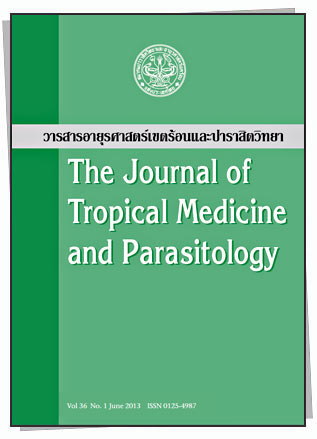Diagnosis of Bovine Neosporosis
Main Article Content
Abstract
Abstract
Neosporosis has emerged as an important reproductive disease in cattle all over the world. Mid-gestation abortion is the primary clinical sign of N. caninum infection among cattle. The diagnosis of neosporosis-associated abortion in cattle is difficult. Although histopathological and immunohistochemical tests are considered the gold standard for confirming N. caninum infection in cattle, these techniques are disadvantaged by their low sensitivity, due to the irregular distribution of N. caninum in host tissues. In addition, finding N. caninum in host tissues is insufficient evidence to confirm conclusively that N. caninum is the cause of abortion; most N. caninum infections in cattle do not result in abortions. PCR techniques have yielded greater sensitivity and specificity than histopathology and immunohistochemistry; however, the detection of N. caninum DNA in aborted Ntissues without any lesions is inconclusive evidence that N. caninum was the cause of an abortion. Serological testing is very useful because it is non-invasive and easy to perform. Serodiagnostic screening is useful for bovine neosporosis at herd level, but not as a conclusive diagnostic test at the individual level, because N. caninum-specific antibody in aborted cattle cannot distinguish between recent and latent infections. This review presents current diagnostic approaches to bovine neosporosis. Keywords: neosporosis, Neospora caninum, abortion, diagnosis, bovine

